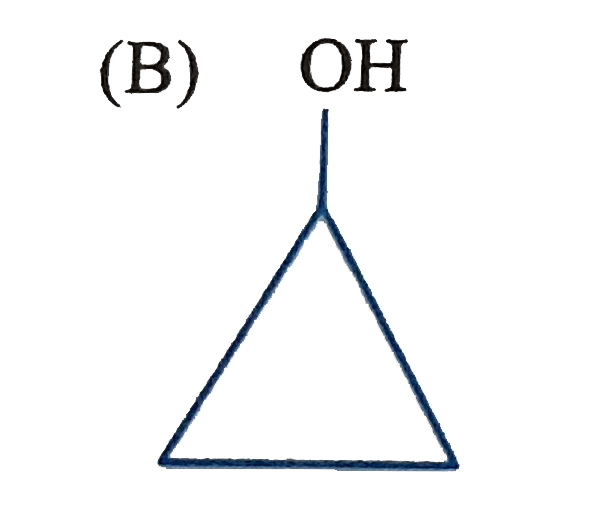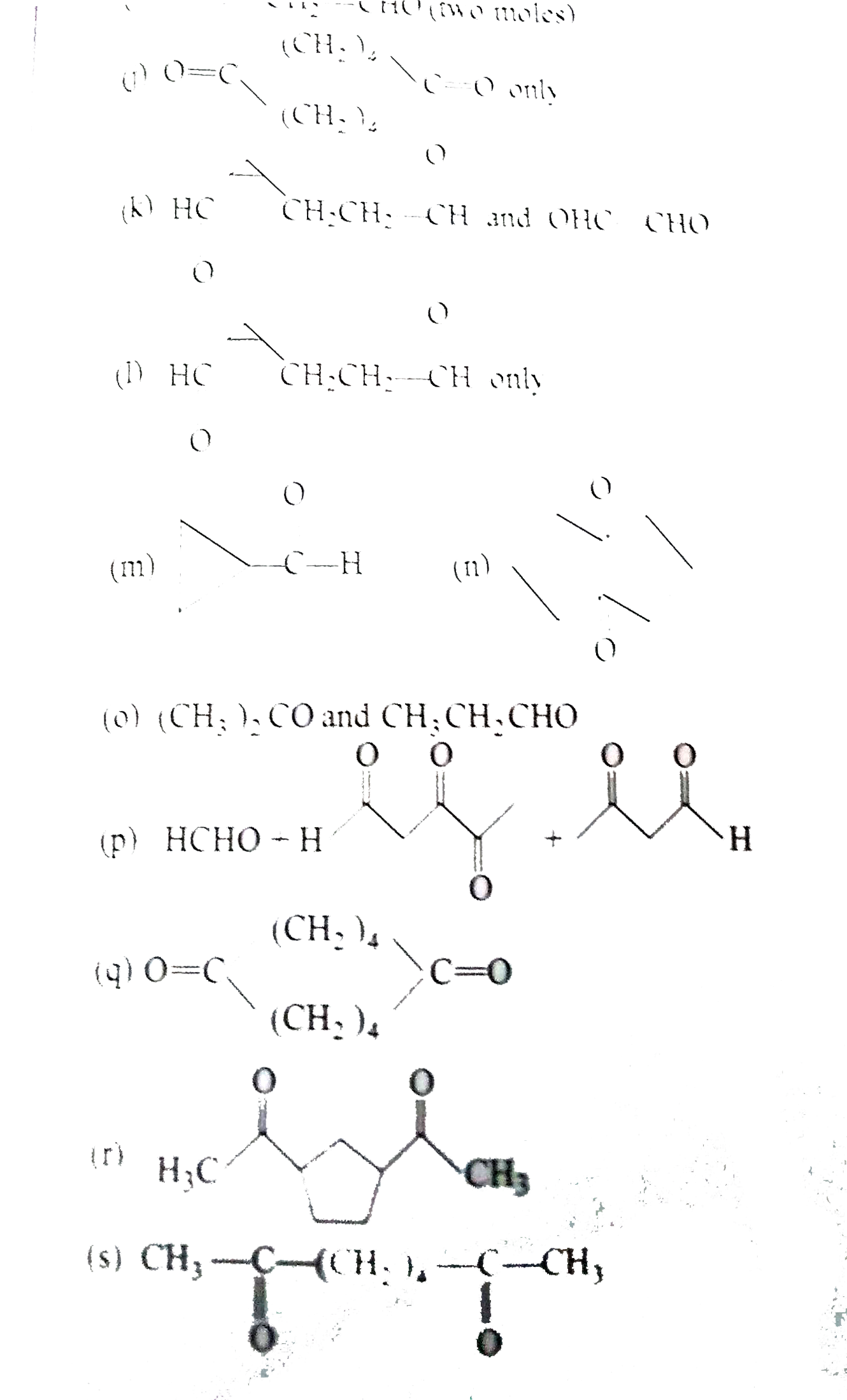Which of the following will not form aldol when treated with dilute NaOH.
(A) CH3CHO
(B) (CH3)3CCHO
(C) PhCH2CHO
Step by step video & image solution for Which of the following will not form aldol when treated with dilute NaOH. (A) \(CH_{3}CHO\) (B) \((CH_{3})_{3}CCHO\)<Br>(C) \(PhCH_{2}\)CHO by Chemistry experts to help you in doubts & scoring excellent marks in Class 12 exams.
Similar Questions
Knowledge Check
- Question 1 - Select One
Which of the following is not an isomer of CH3−CH2CHO
ACH3−CH2−O∣∣C−CH3B C
C DCH2=CH−CH2−OH
DCH2=CH−CH2−OH - Question 2 - Select One
Which of the following undergoes cannizaro reaction ?
A)HCHO B) C6H5CHO
C) Cl3C−CHO D) (CH3)3C−CHOAOnly A & BBOnly B & CCOnly C & DDOnly A,B & D - Question 3 - Select One
Which of the following are examples of aldol condensation ?
1.2CH3CHOdil.NaOH−−−−−→CH3CHOHCH2CHO . 2CH3COCH3dil.NaOH−−−−−→CH3COCH(CH3)CH2COCH3
3. 2HCHOdil.NaOH−−−−−→CH3OH+HCOOH
4. C6H5CHO+HCHOdil.NaOH−−−−−→C6H5CH2OHA2,3B1 , 3C1 , 2D1,2,3
Which of the following compound does not contain pie bond.
A) CH3CONH2
B) CH3CH2OH
C) CH3CHO
D) CH3COOHView SolutionDeduce the structures of the compounds which yeild the following products on reductive ozonolysis.
a) CH3CHO and HCHO
b) (CH3)2CO and HCHO
c) (CH3)2CO and CH3CHO
d) (CH3)2CO only
e) CH3CH2−C∣CH3=O (two moles)
f) HCHO and O=CH−CH∣CH3(CH3)2
g) CH3CH2C∣C2H5=O and OHC−CHO and OHC(CH2)CH3
h) OHC−CH2CH2CH2CHO only
i) OHC−CH2−CHO (two moles)
j)
 View Solution
View SolutionWhich of the following compounds can liberate methane when treated with excess of methyl magnesium iodide in dry ether.
(a) CH3−CH2−CH2OH
(b) CH3−CH2−C≡CH
(c) CH3−CH2−COOH
(d) CH3−CH2−CHOView SolutionSteatement -I: Acrolein containing aldehyde group undergoes aldol condensation with alkali.
Statement -II The duoble bond breaks when treated with NaOH . H2C=CH−CHONaOH−−−→HCHO+CH3CHOView SolutionTautomerism is possible in
(1) CH3−CHO (3)H−CHO
(2) CH3−CO−CH3 (4)(CH3)3C−CHOView Solution
